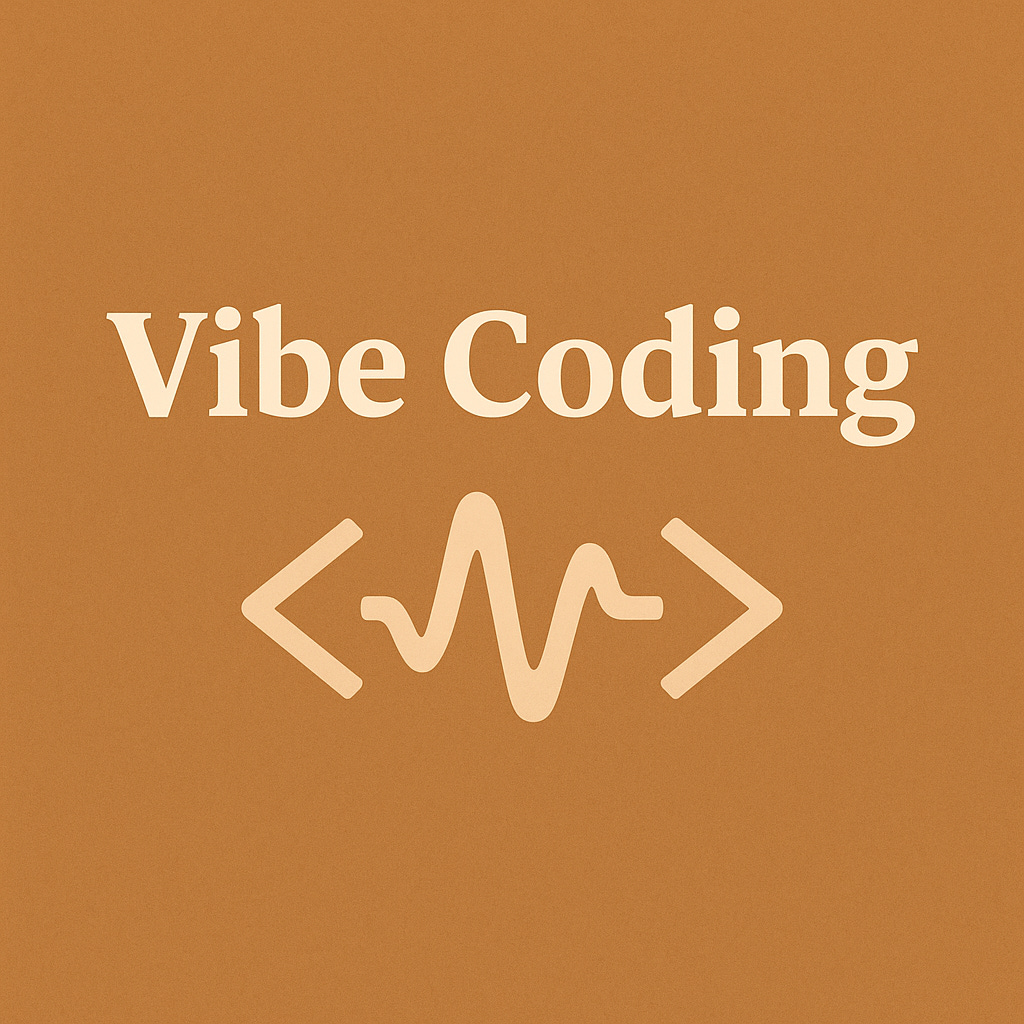Vibe Coding
Writing Code That Feels as Good as It Works
I’ve been working on this post for a few weeks. It’s taken me a bit more time to get out because I wanted to do ALL the research and make sure I explained everything completely since this is such a huge transition on how it’s been done in the past.
When we talk about writing code, the conversation usually centers on performance, speed, or scalability. Bu…
Keep reading with a 7-day free trial
Subscribe to the Digital Collective to keep reading this post and get 7 days of free access to the full post archives.



